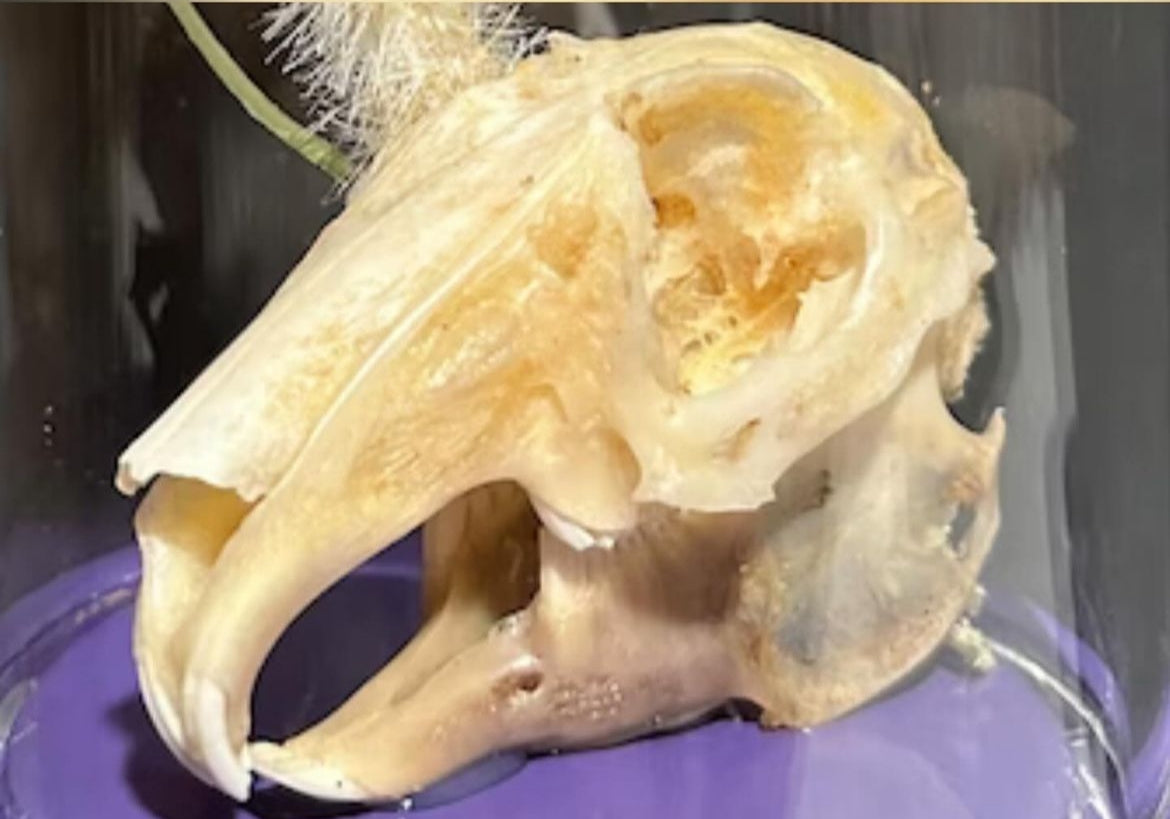
Greasy Bones In Finished Pieces
The rise in social media posts advertising the sale of greasy bones, especially those used in jewelry or other finished items, has sparked a lot of discussion among those who clean and preserve bones. This trend has led to debates about the potential risks of not cleaning bones properly, particularly when they still have grease trapped inside.
One major concern is that the grease in these bones can slowly seep out over time, leaving them feeling greasy and potentially causing health hazards. Proper degreasing methods are essential to prevent issues like grease leaks, bad smells, and the growth of mold and bacteria.
While many people appreciate the natural look of bones, selling greasy bones as expensive "finished" products raises ethical questions. Buyers might not realize the risks of owning improperly cleaned bones. For those who want a natural look without the grease, there's an option to fully degrease the bones without whitening them or using natural staining agents like coffee or tea.
The process of degreasing bones involves soaking them in hot water mixed with Dawn dish soap. It's crucial to change the water regularly, and the time it takes to fully clean bones depends on their size and type. Larger bones, such as those from bears, might need several months to become completely clean.
Providing this information not only helps enthusiasts but also promotes sustainable practices in the bone crafting market. Being transparent about how bones are processed and educating buyers about cleanliness standards is essential for maintaining trust and ensuring the safety of everyone involved.